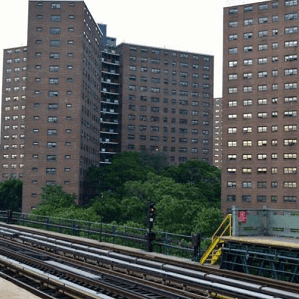Seattle’s history of racial housing segregation continues to impact health outcomes for communities of color today, according to a recent article in Real Change News. For much of the 20th century, Seattle enforced a system of racial apartheid through policies like racially restrictive covenants and redlining, which confined people of color to specific neighborhoods.
The effects of this segregation are still visible in stark health disparities. The Washington Department of Health’s environmental health disparities map shows formerly redlined areas like the Central Area rank 9 or 10 out of 10 for health disparity risks. In contrast, nearby historically exclusionary neighborhoods like Broadmoor rank just 1 out of 10. This translates to an 11-year gap in life expectancy between these adjacent communities.
“There are several sets of maps currently available that show the areas where most of these restrictions existed, and it pretty much rings the Central District,” said James Gregory, a University of Washington history professor studying the impacts of racial covenants.
While housing discrimination was officially outlawed in 1968, its legacy persists through ongoing displacement and gentrification. The racial wealth gap in Seattle remains wide, with white households having a median net worth of $456,000 compared to just $23,000 for Black households.
Recent state legislation aims to provide some compensation to those impacted by housing segregation, but community leaders say more comprehensive solutions are needed to truly repair the harms of this “generational system of harm” and its continuing effects on health and wellbeing.
See “Undoing Seattle’s spatialized apartheid” (February 28, 2024)



